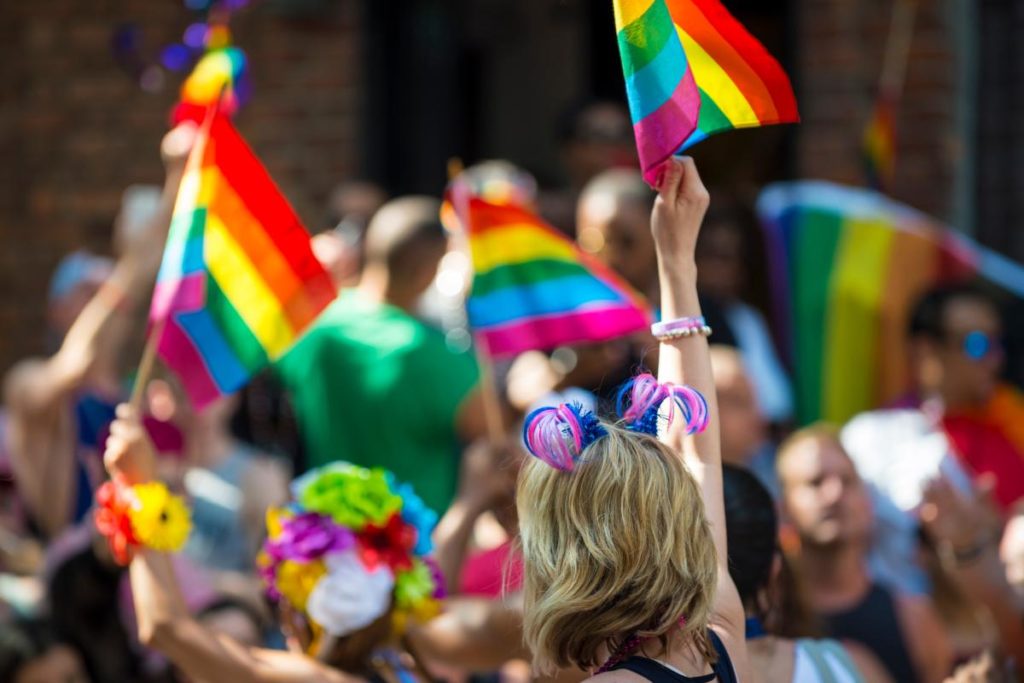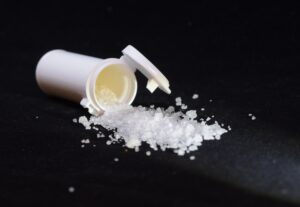While many members of the LGTBQ community do not use drugs, some of them do specifically for partying. Partygoers can use these drugs to chase a good time, and they can also be incredibly dangerous when abused. If you or a loved one use common party drugs, it may be time to reach out to our LGBTQ drug addiction rehab center at La Fuente Hollywood. Reach out to one of our staff members today at 888.903.9898 to discuss our treatment options.
Common Party Drugs in the LGBTQ Community
1. Poppers
Poppers are small canisters filled with amyl nitrite. Amyl nitrite is known for producing euphoria and enhancing sexual pleasure. In the 1980s, amyl nitrite was restricted to only being used in medical settings within the United States and Europe. However, there are still ways to acquire them in legal, semi-legal, and illegal forms.
When somebody is under the influence of poppers, a common party drug in the LGBTQ community, they feel free to act upon almost any impulse. If they act on this impulse, the experience can be gratifying. Because of this, poppers have become extremely addicting because the brain has difficulty ignoring physical pleasure and chemical euphoria.
2. Ecstasy
Ecstasy can go by several names, such as MDMA or molly. It is a synthetic drug that alters both a person’s mood and awareness. Chemically, it is similar to both stimulants and hallucinogens. It produces feelings of energy, pleasure, emotional warmth, and distorted sensory and time perception. This effect is why it can be incredibly popular at all-night parties or raves. Some of the health effects of ecstasy are:
- Nausea
- Muscle cramping
- Teeth clenching
- Blurred vision
- Chills
- Sweats
The effects of ecstasy can last from three to six hours. Many users take a second dose as the first effects begin to fade. Ecstasy can have long-term effects that are detrimental to the body and brain. Over the course of a week, if somebody is using the drug, they may experience:
- Irritability
- Impulsiveness and aggression
- Depression
- Sleep problems
- Anxiety
- Memory and attention issues
- Decreased appetite
- Decreased interest in and pleasure from sex
The effects of ecstasy can be enhanced when combined with other drugs.
3. Ketamine
Ketamine goes by several names, such as Special K, Kit Kat, Cat Valium, Dorothy, or Vitamin K. It is an anesthetic meant for animals commonly abused as a recreational drug. It is widespread in the party scene among young adults in the LGBTQ community.
4. Crystal Meth
Crystal meth is one of the most common party drugs in the gay community. Users often mistake crystal meth for a fun party drug that leads to fun and enhances their life experience. A lot of members of the LGBTQ community tend to combine meth with other drugs, such as:
- Viagra
- Poppers
- Ketamine
5. GHB
Gamma-hydroxybutyrate (GHB) is a sedative often combined with crystal meth. When somebody combines an upper and a downer, it is called “speedballing.” With GHB, it’s very easy for users to lose consciousness which can lead to a number of unfortunate events. GHB is also known as a date-rape drug because of its ability to knock the user unconscious. Many members of the LGBTQ community use it at parties and raves. Several adverse effects can be a result of GHB use, such as:
- Sweating
- Loss of consciousness
- Nausea
- Hallucinations
- Amnesia
- Coma
LGBTQ Rehab Center at La Fuente Hollywood
If you or a loved one is currently struggling with addiction to common party drugs, you may want to intervene before the effects worsen. Reach out to one of our staff members at La Fuente Hollywood today to discuss our treatment options via 888.903.9898.




